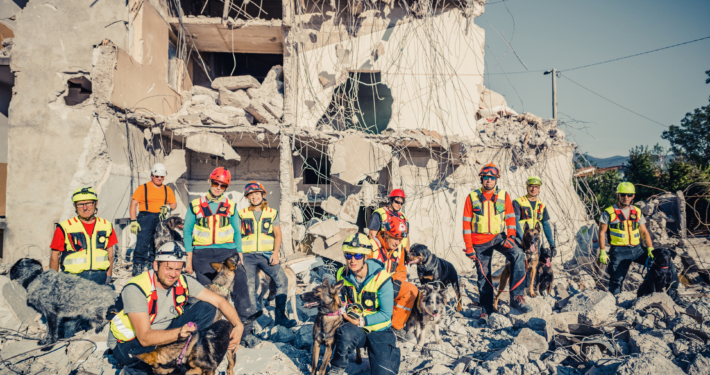Safety First: Essential Steps and Tools for Emergency Responders During Hurricane Season
By: Richard Rich
Protecting our emergency response teams is vital during hurricane season. The storms can be fierce, and our brave teams need their PPE to stay safe. This includes practical items that you might not think about, such as: Insect repellents, barrier creams, sanitizers, and other topical applications. These can be just as crucial as helmets and vests, as they help protect workers from dangers that are less visible, but just as harmful.
Use of Insect Repellent
In the aftermath of a hurricane, standing water becomes a breeding ground for mosquitoes, which may transmit diseases like Zika, dengue, or West Nile virus. Workers should apply EPA-approved insect repellents containing IR3535, DEET, or picaridin regularly. It should be applied onto exposed skin and clothing, following product instructions carefully. Use repellents in combination with wearing long-sleeved shirts and pants for added protection.
Use of Sunscreen
Even in cloudy conditions, long term UV exposure poses a risk. Emergency workers should apply broad-spectrum sunscreen with an SPF of 30 or more, reapplying it every two hours and after sweating or getting wet. Sunscreen should be used in combination with other UV protection measures like wearing UV-protective clothing and hats in order to avoid any damage to skin and exposure to contaminants.
Use of Barrier Creams for Skin Protection
During recovery operations or even routine calls, workers might come into contact with hazardous substances. Barrier creams containing ingredients like dimethicone can provide a protective layer on the skin, preventing direct contact with these harmful materials.
Use of Hand Sanitizers and Waterless Hand Cleaners
With the potential lack of clean soap and water sources in disaster-hit areas, hand sanitizers become vital for maintaining personal hygiene. They can effectively purify immediate contaminations and control outbreaks. Similarly, waterless hand cleaners help to provide immediate opportunities for cleansing skin and preserve clean water for emergency services or drinking.
Use of Personal Protective Equipment (PPE)
Beyond creams and sprays, crews should be equipped with PPE like high quality helmets, safety goggles, waterproof gear, respirators, gloves, safety boots and high-visibility vests. Regular training should be conducted to ensure the proper donning, doffing, and maintenance of these items against long term damage or arc exposure sites.
Regular Health Monitoring
Regular health check-ups are essential, with particular attention to any symptoms that may arise from environmental exposures such as insect bites, skin reactions, or general illness. Access to mental health resources, relaxation techniques, and supportive team communication can help manage stress levels. These services should be made available both during deployment and afterwards.
Hurricane response teams take their safety seriously. It’s not just about checking items off on a checklist, it’s about having the right gear, the right training, and using the right tools for the job. In this way, our truly essential workers can safely and effectively help our communities during the 2023 hurricane season.







